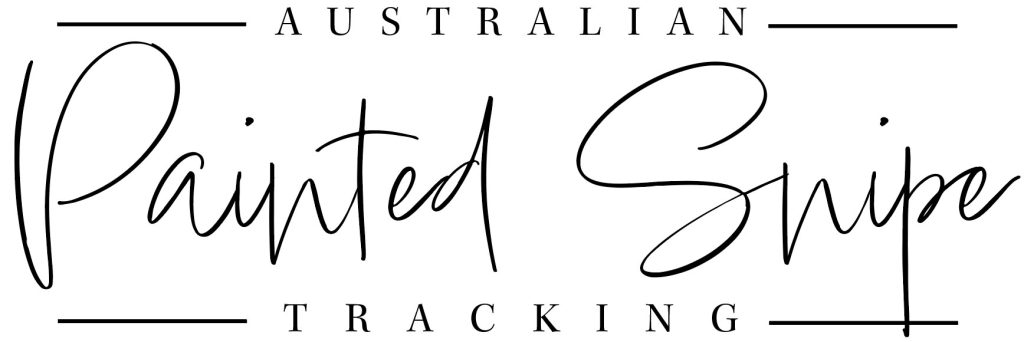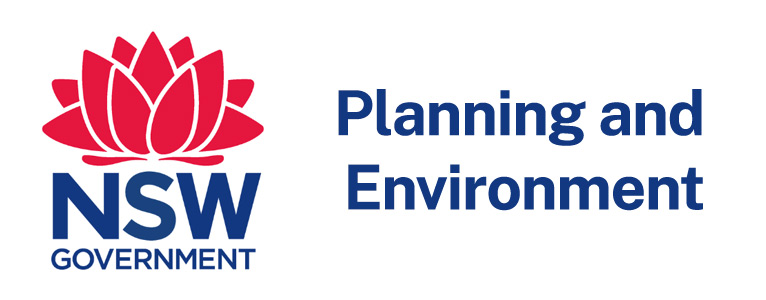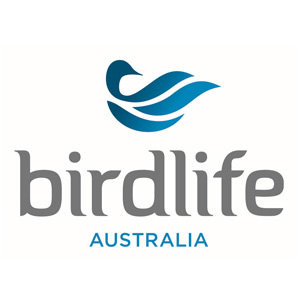 Gloria, the first ever Australian Painted-snipe to be tracked has provided valuable insights into the secret lives of these endangered birds.
Gloria, the first ever Australian Painted-snipe to be tracked has provided valuable insights into the secret lives of these endangered birds.
Unfortunately, it appears we have lost contact with our beloved Gloria, the first ever Australian Painted-snipe to be tracked. We’re not sure why but there’s a bunch of possibilities. She could have been taken by a cat, or perhaps her feathers covered the solar panel and prevented charging, or maybe the transmitter fell off and is unable to send a signal. We don’t know. This kind of puzzling situation is not uncommon in the world of tracking, especially without GPS accuracy, and it’s a key reason why we aim for a high sample size.
But there’s a lot to celebrate about Gloria, whose tracking journey began on October 22, 2023. Her roosting behaviour in dryland areas has given us one of the most powerful insights into the secret lives of APS that we could have hoped for. We have hundreds of fixes of her roosting in areas nobody would have thought to look for APS, often more than 300 metres from water, and sometimes over half a kilometre. At first it was puzzling, though it certainly makes sense when you think about predator avoidance. Wetlands, and particularly their edges, are often rife with cats and foxes, and there were many birds of prey concentrated around the wetland areas that the APS were feeding in at the Balranald property.
 One of the dry roosting sites that Gloria used while we tracked her.
One of the dry roosting sites that Gloria used while we tracked her.
We were able to visit her dry roosts, and the legendary landholders, Peter and Sue Morton, verified multiple sites where she and other APS were roosting. Months later, Marcelina went on to show a similar pattern of using distant dry roosts before she headed north. We will formally analyse the data in due course and combine it with future birds, but it could go a long way to explain why APS can be so hard to find. In the meantime, we’re encouraging wetland managers, like farmers and national park rangers, to maintain or promote vegetation cover adjacent to wetlands for APS.
Crucially, Gloria also led us to Marcelina. Without the fixes from Gloria, combined with the use of sensor cameras by the landholders, we would not have caught our second bird, who is now up near Birdsville. So, three cheers for Gloria, the first APS to ever be tracked. Huge thanks to Steve and Linda Sass, and the whole team at EnviroKey, for their sponsorship. They were able to visit the property, meet Peter and Sue, and see for themselves the wetland and dryland areas that supported Gloria, Marcelina and at least 23 other APS during spring and summer.
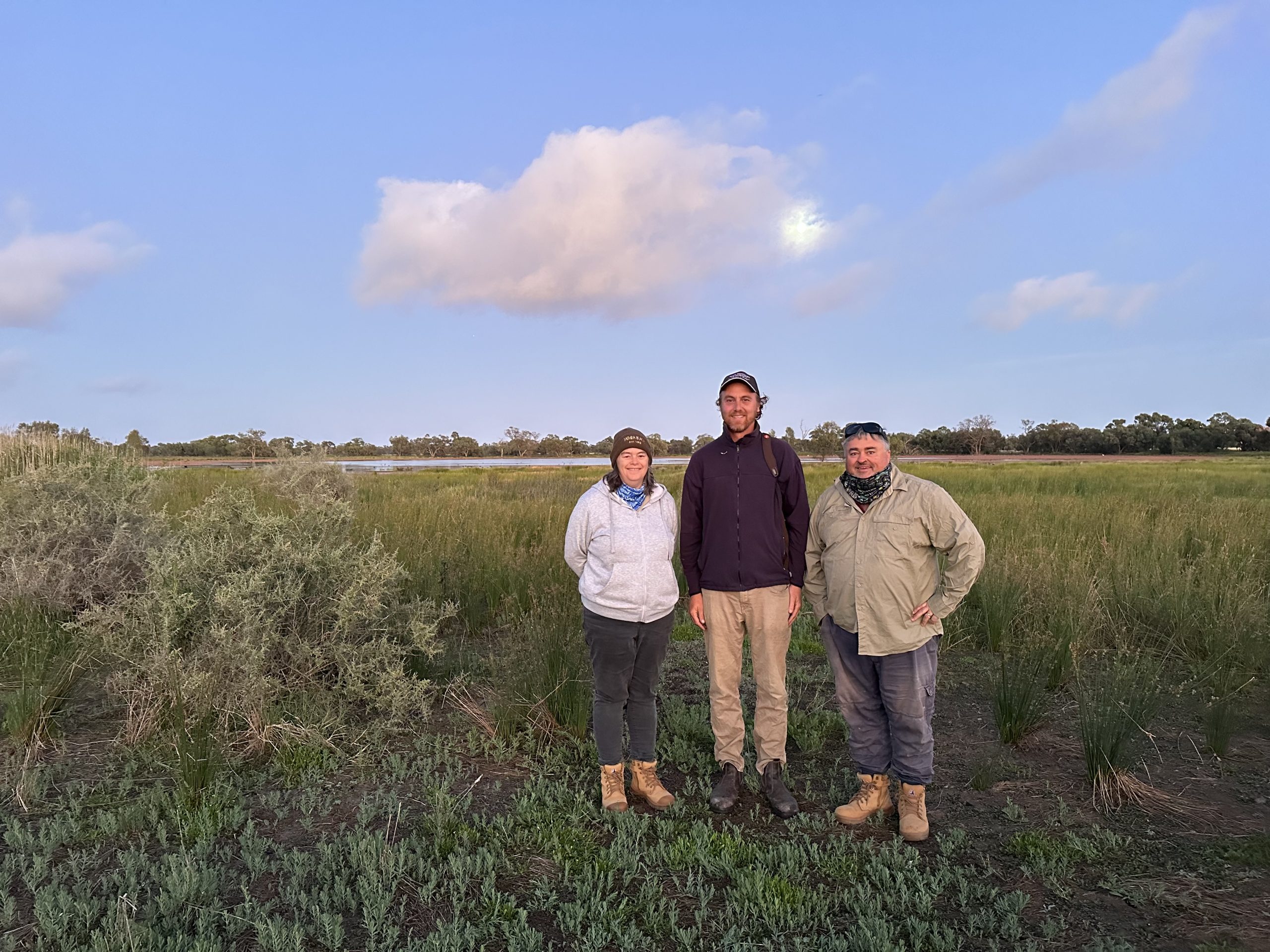 Linda Sass, Matt Herring and Steve Sass at one of the wetlands Gloria used. Steve and Linda from EnviroKey were Gloria’s sponsor. Read their tribute here: Gloria.
Linda Sass, Matt Herring and Steve Sass at one of the wetlands Gloria used. Steve and Linda from EnviroKey were Gloria’s sponsor. Read their tribute here: Gloria.
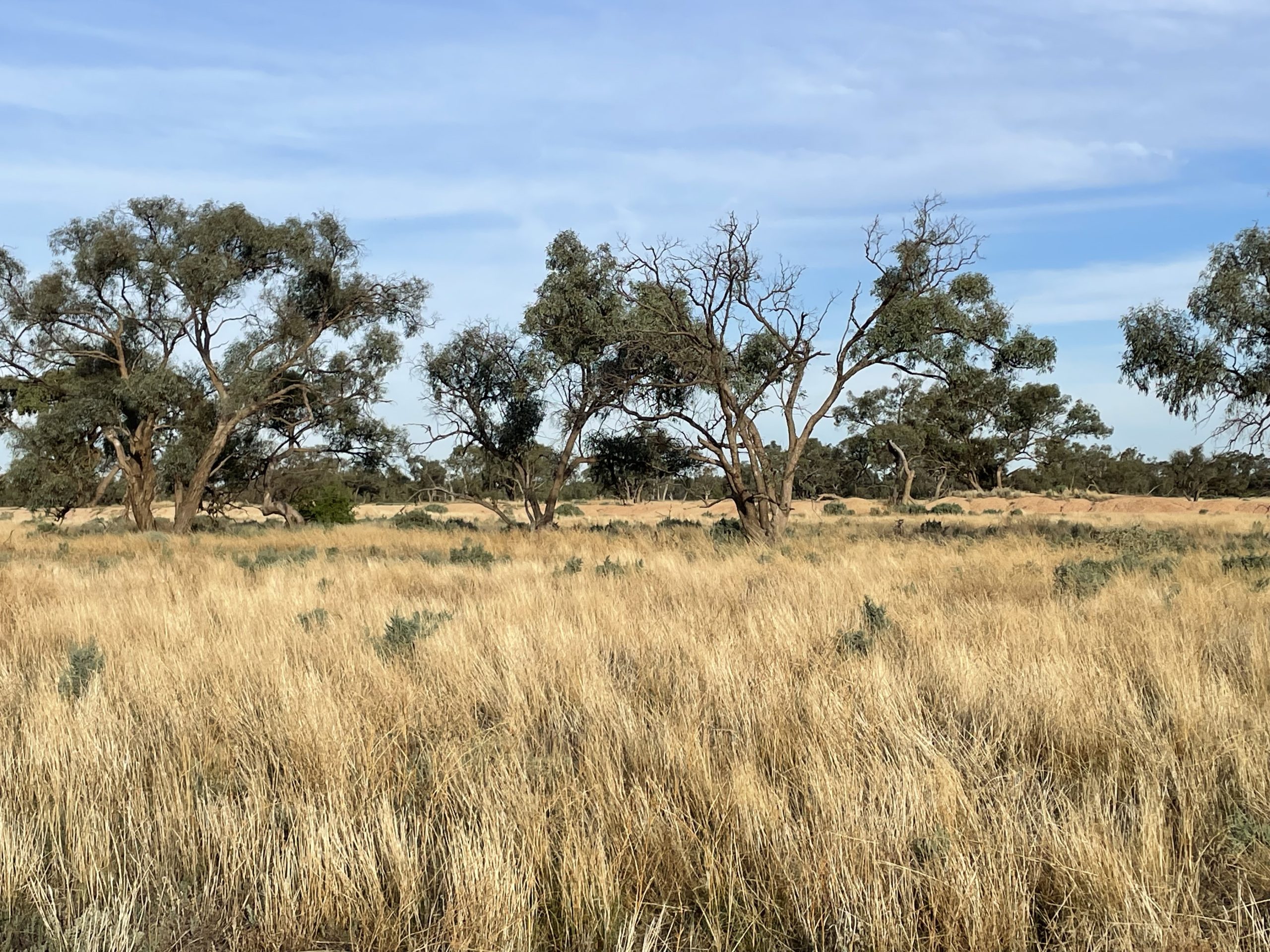 Some of Gloria’s roosting sites were over 500 metres from the nearest water but provided substantial cover from predators like cats, foxes and birds of prey.
Some of Gloria’s roosting sites were over 500 metres from the nearest water but provided substantial cover from predators like cats, foxes and birds of prey.
 Fixes from tracking Gloria, combined with monitoring by landholders, Peter and Sue Morton, enabled us to catch Marcelina. Before sunset, the birds would fly from their dry roosts to feed for an hour or two in this channel. Photo by Peter Morton.
Fixes from tracking Gloria, combined with monitoring by landholders, Peter and Sue Morton, enabled us to catch Marcelina. Before sunset, the birds would fly from their dry roosts to feed for an hour or two in this channel. Photo by Peter Morton.
